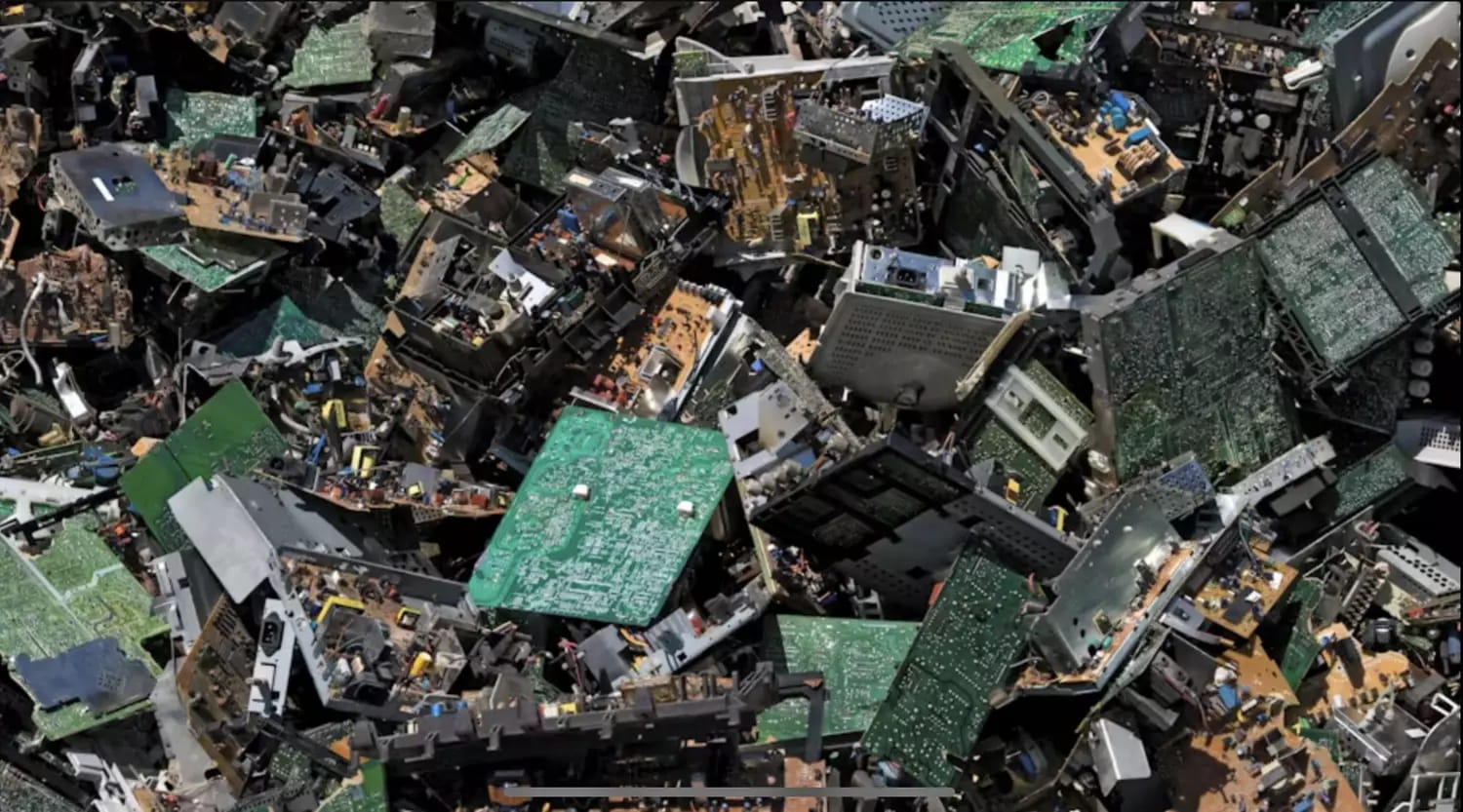
Recent research has begun to reveal the extent of AI’s impact on electronic waste and pollution, prompting concerns among scientists and environmentalists.
As artificial intelligence continues to advance and integrate into various sectors, it’s clear that the technology is shaping the future in both promising and concerning ways. While AI has significantly improved productivity, data analysis, and personal convenience, it comes with a hidden environmental cost that could have serious consequences for our planet.
According to a study by the University of Cambridge, the environmental impact of artificial intelligence is being underestimated. In recent years, AI has transformed how we work, gather information, and use the internet. From text and image generation to personalized recommendations, this technology is increasingly woven into our daily lives. However, the cost of AI isn’t limited to the time we spend using it or the jobs it might replace. According to a recent study, AI could become one of the primary global polluters by 2030.
A joint investigation by the Chinese Academy of Sciences and the University of Cambridge, published in Nature Computational Science, provides a detailed analysis of AI’s impact on electronic waste in the coming years.
The findings are concerning: within six years, AI could generate between 1.2 and 5 million tons of waste. To put this into perspective, that’s equivalent to around 20 billion smartphones or 10 billion iPhones. Currently, about 8.5 billion smartphones are in circulation globally, which makes these projections alarming for the scientific community.
Today, waste electrical and electronic equipment (WEEE) largely consists of discarded household appliances, screens, and smartphones. But soon, WEEE will be dominated by computer cards and chips. WEEE often contains mercury or greenhouse gases, and the environmental impact of producing these devices is significant.
In 2023, AI generated approximately 2,600 tons of WEEE. If left unchecked, this figure could increase a thousandfold in the coming years.
To address this issue, the scientific community is exploring solutions, including reusing electronic components to extend the life of devices and support a circular economy.



